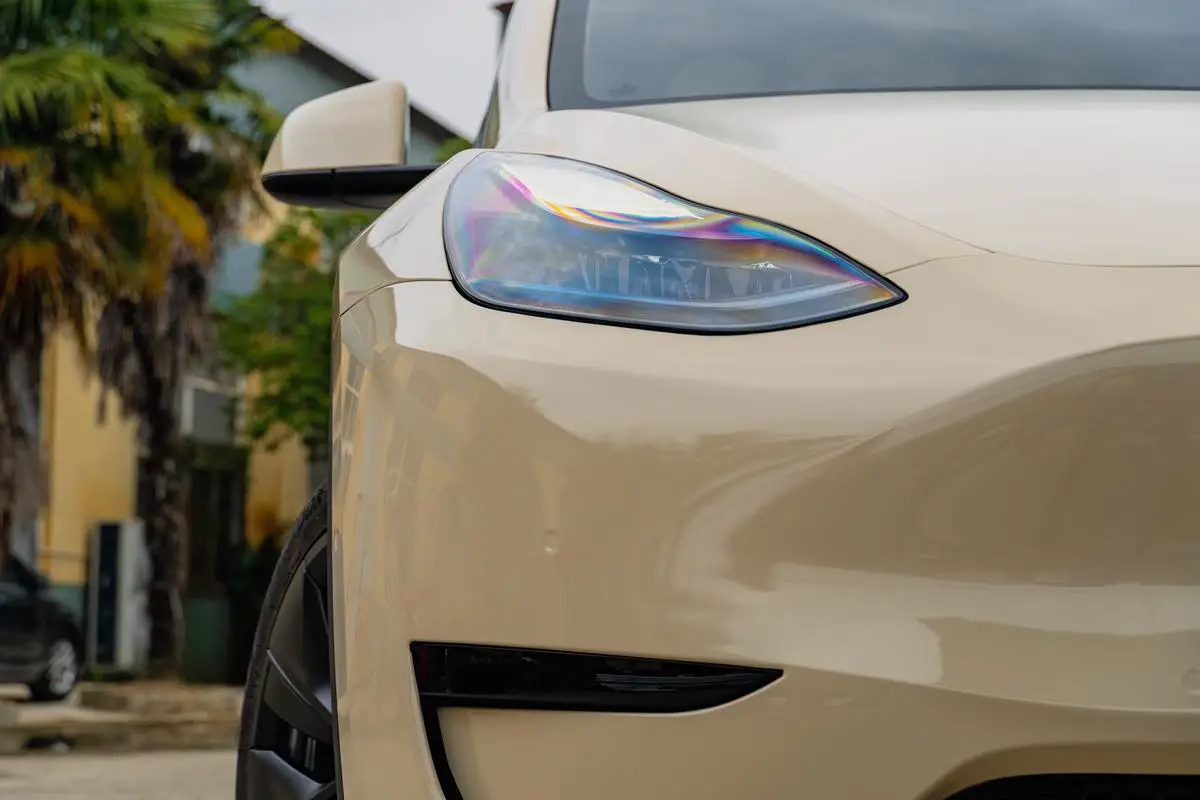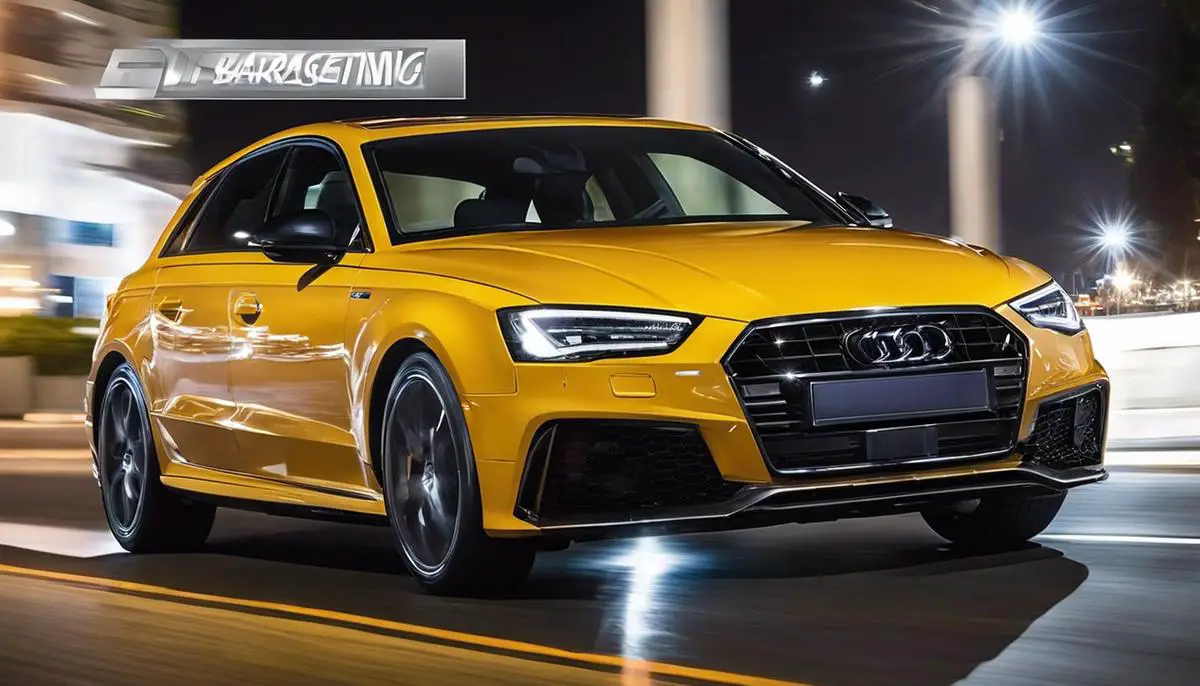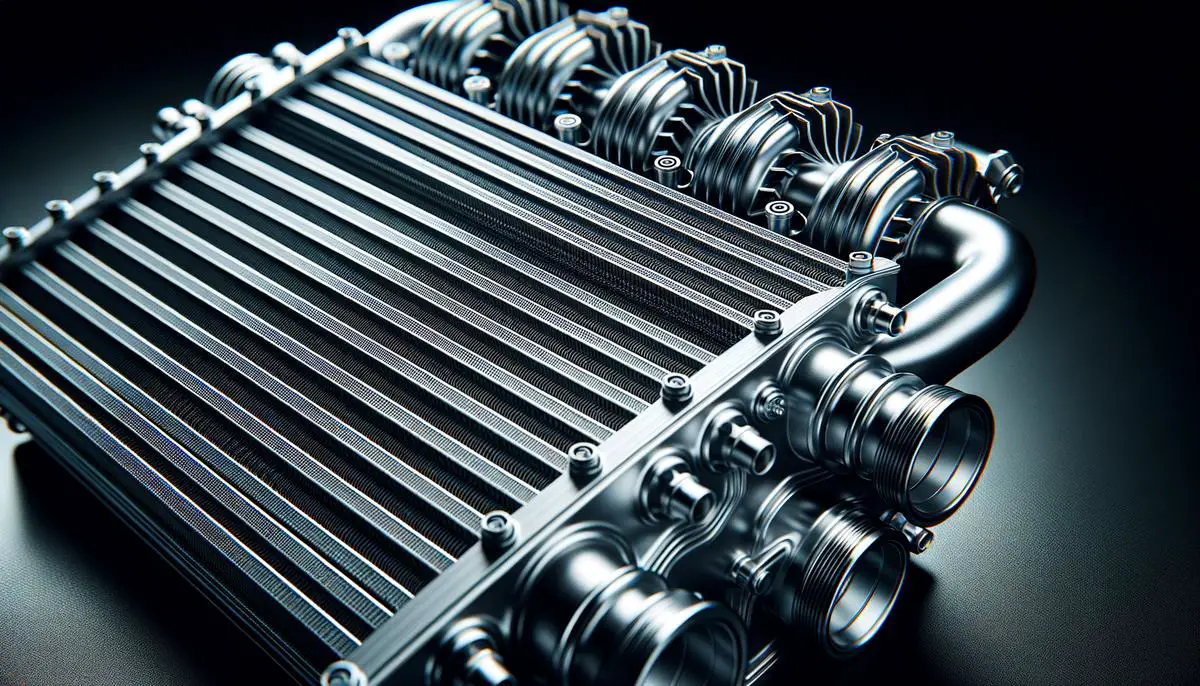When night falls and the world dims, the headlights of a vehicle become more than just a feature—they transform into the very eyes through which drivers navigate the darkness. In the illuminated dance between shadows and beams lies a crucial choice: LED or Halogen headlights? This choice is not only about piercing the night but also about embracing innovation or clinging to tradition. As we delve into the intricate dance of photons within these lighting systems, we uncover the marvels of modern technology and the steadfastness of well-established methods. By exploring the science of their luminescence, we gain not only the power to cut through the dark but also the wisdom to choose the light that best guides our path.
Contents
Technology and Functionality
The Illuminating World of LED vs. Halogen Headlights
When dusk falls or you’re powering down a dark road, your car’s headlights are your lifelines to the outside world. They’re not just about seeing; they’re about being seen. Two of the most popular types of headlights – LED and Halogen – light up our journeys in very different ways. Let’s dive into what makes each of them tick, and maybe you’ll discover which type brightens your road best.
First up, Halogen headlights. These are the veterans of the road, having illuminated paths since the 1960s. Inside that glass bulb, there’s a filament, typically made of tungsten, and it’s surrounded by halogen gas – hence the name. When you flick your headlight switch, electrical current rushes to the filament, heating it to white-hot in no time. That’s when the magic happens: it glows, pushing out that familiar yellow-tinged beam. Halogen bulbs are like the workhorse of headlights; they are cost-effective, easily replaceable, and provide decent illumination.
Halogen’s simplicity is also its limitation. That intense heat which produces the light also leads to energy inefficiency and a shorter lifespan. Remember, a good chunk of the energy is emitted as heat rather than light. Plus, if you’re going for the longest beam with the most definition, halogen might not be your first pick.
Enter LED (Light-Emitting Diode) headlights, the cool kids of the headlight world. LEDs don’t rely on heat to produce light – they work through a process called electroluminescence. When electricity is applied, electrons in the semiconductor material inside the LEDs combine with electron holes, releasing energy in the form of photons – you know it as light.
The benefits? LEDs are known for their efficiency, longevity, and the clean, bright light they produce. They use significantly less power, turn on instantly, and if you’re keen on customizing your ride, LEDs can be found in a variety of colors. No wonder they’ve become a popular choice for both manufacturers and car enthusiasts.
However, they’re not without their drawbacks. The initial cost is higher than halogen bulbs, and they require proper thermal management systems to combat heat buildup in the LED housing – yes, they still produce heat, just not at the light-emitting part.
Let’s not forget styling. LEDs offer freedom in design that halogen can’t match. This is why you see those swanky, angular headlight designs in modern cars — thank you, LEDs!
In short, Halogens are your straightforward, cost-effective choice for standard visibility, while LEDs are the cooler, efficient, but pricier option that gives you that daylight-like illumination and a longer lifespan. The road is yours: pick the light that suits your journey! Happy motoring!

Performance and Efficiency
Performance Benefits and Energy Efficiency of LED Headlights Versus Halogen
When it comes to lighting the road ahead, LED headlights shine with a number of performance benefits compared to their halogen counterparts. Not only do they offer a clearer view of the road, but they also have significant energy efficiency advantages that can’t be overlooked.
One of the most notable performance benefits of LED headlights is their brightness. LEDs produce a brighter, whiter light than halogens, which often emit a yellowish hue. This difference in light quality means that LED headlights provide better visibility and contrast, allowing drivers to see more clearly and react quicker to potential hazards on the road.
Moreover, LEDs have a directional nature, meaning they focus light precisely where it’s needed. Halogens, in contrast, scatter light more, which can cause a loss of illumination efficiency. The focused beam of LEDs ensures that the light is utilized where it’s most effective, enhancing road safety.
Lasting performance is another area where LEDs excel. With a lifespan that can exceed 20,000 hours, LEDs dwarf the typical service life of halogen bulbs, which usually ranges from 450 to 1,000 hours. The long lifespan of LEDs means less frequent replacements, offering convenience and saving time and money in the long run.
When diving into energy efficiency, LED headlights are in a league of their own. Consuming up to 80% less energy than halogens, LEDs are a friend to both the vehicle’s electrical system and fuel economy. Because they pull less power from the vehicle, engines are under less strain to power the alternator, which can lead to measurable fuel savings over time. This energy efficiency also plays a pivotal role in the increased adoption of LEDs in electric and hybrid vehicles, where battery conservation is paramount.
An often overlooked aspect of LED efficiency is their performance in extreme temperatures. Unlike halogens, which can falter in severe cold or heat, LEDs are robust performers in all weather conditions. Consistent output in inclement weather means the performance benefits of LEDs are maintained year-round, providing reliable illumination no matter the weather.
Vehicle owners benefit from a reduced carbon footprint when switching to LED headlights. With less energy consumed, there is less demand on the engine, leading to lower carbon emissions. This is not only a win for the enthusiast looking for improved vehicle performance but also for the environment, making LED headlights a responsible choice for the eco-conscious driver.
In summary, LED headlights are superior to halogens in terms of brightness, lifespan, energy efficiency, and environmental impact. While the upfront cost might be higher, the long-term benefits of switching to LEDs are clear. Drivers will enjoy a safer driving experience with the high-performance illumination LEDs provide, along with the satisfaction of contributing to a greener planet.

Photo by porkbellysteve on Unsplash
Durability and Maintenance
Diving a bit deeper into the world of car headlight technology, enthusiasts and experts alike hinge their debates on the operational longevity and the ease of maintenance between LED and Halogen headlights. With both types frequently illuminating the road ahead for modern drivers, understanding which headlight type stands the test of time and simplifies upkeep is pivotal for those looking to make an informed decision for their vehicle.
Longevity-wise, LED headlights have a clear advantage. Their solid-state construction translates to a resilience that Halogen bulbs, with their delicate filaments, just cannot match. Where Halogen bulbs might offer you a service life of around 1,000 hours, LEDs can illuminate your drives for upwards of 30,000 hours—equivalent to driving 24 hours a day for over three years!
When it comes to maintenance, LEDs are again at the forefront. Since they last so much longer, the need for replacement is significantly reduced. LEDs are often sealed units, meaning they’re less susceptible to damage caused by vibration or moisture. With fewer replacements needed and less sensitivity to challenging conditions, LEDs offer a set-it-and-forget-it proposition that is highly appealing.
On the other hand, Halogens, being less expensive upfront, are not only more likely to blow out but also more susceptible to issues caused by handling—the oils from a human hand can create hot spots on the bulb, shortening its already modest lifespan. Each bulb replacement with Halogen carries the risk of improper installation or damage, not to mention the inconvenience of more frequent maintenance tasks.
However, some might wonder if LEDs are truly maintenance-free. The answer isn’t a straightforward ‘yes.’ While LED bulbs themselves are robust, they rely on accompanying electronics and cooling systems, like heat sinks or fans, which can potentially fail. While these components can also be designed for longevity, they add a layer of complexity that Halogens do not possess. True, the probability of such a failure is less than that of a Halogen bulb failure, but it’s a consideration worth noting.
In summary, for hobbyists and drivers aiming for minimal maintenance and longer intervals between headlight replacements, LED headlights shine bright. They trump Halogens in durability and ease of maintenance by an impressive margin. Though more complex in their engineering, the benefits of installing LEDs—both in long-term service and in lesser interaction for upkeep—speak volumes for choosing them as the go-to lighting solution for the long haul.

Cost and Value Proposition
It’s crunch time, car enthusiasts! When we dive into the nitty-gritty of cost-effectiveness between LEDs and Halogens for your ride, we’re wading through the intersection of upfront expense and long-term savings. Let’s rev up those engines and see which type of headlight bulb pulls ahead in the race for value.
Economizing on energy is where LEDs truly shine. These little wonders sip electricity compared to their Halogen counterparts’ gulping habits. So what does that mean for your wallet? Less energy draw translates to a reduced strain on your car’s alternator, which may equate to less wear and tear on that crucial bit of kit—and potentially saving a bundle on repairs down the road.
For those budget-conscious drivers, initial costs do matter. LEDs are often pricier at the checkout than Halogens. However, thinking like an investor rather than a spender opens up a whole new perspective. Long-term gains? LEDs rack them up by needing fewer replacements over the years. What you spend upfront, you save later—not to mention the convenience of forgoing frequent bulb changes.
Now, considering both options in terms of sheer resilience and cost over time, LEDs strike us as the more robust investment. They’re less likely to leave you high and dry—or rather, dark and squinting—on a deserted stretch of highway due to their solid-state construction, which scoffs in the face of rough roads and vibrations that might spell doom for fragile Halogen filaments.
However, what happens when our bright little LEDs do encounter an issue? Repairs can lean towards the pricier side relative to Halogens, partially due to their advanced technology. Nonetheless, it’s a rarer occurrence, so the bet you’re placing is on a stalwart horse, not a wild card.
If you’re playing a long game – and let’s face it, cars are one of those ‘long-haul’ investments – it’s clear LEDs have the edge. Those extra dollars spent today on LEDs could very well save a wad of cash in the future. In terms of economy, longevity, and reliability, LEDs light the way to a better investment for the savvy car owner. Keep this in mind, and you’ll likely find those LEDs paying dividends down the twisty road of car ownership. Happy motoring!

Embarking on the quest for the ideal headlight is an odyssey that touches upon the core of our driving experience, influencing our safety, comfort, and the rhythm of our journeys long after the sun sets. We’ve journeyed through the twists and turns of technology, performance, and the practicalities of upkeep, emerging with a beacon of knowledge that will light the way for discerning minds making their choice. As the roads unravel before us under the steady glow of our chosen headlights, whether cutting-edge LEDs or tried-and-true Halogens, we carry forth the insights to steer confidently through the thrilling, ever-changing landscape of vehicular illumination.



